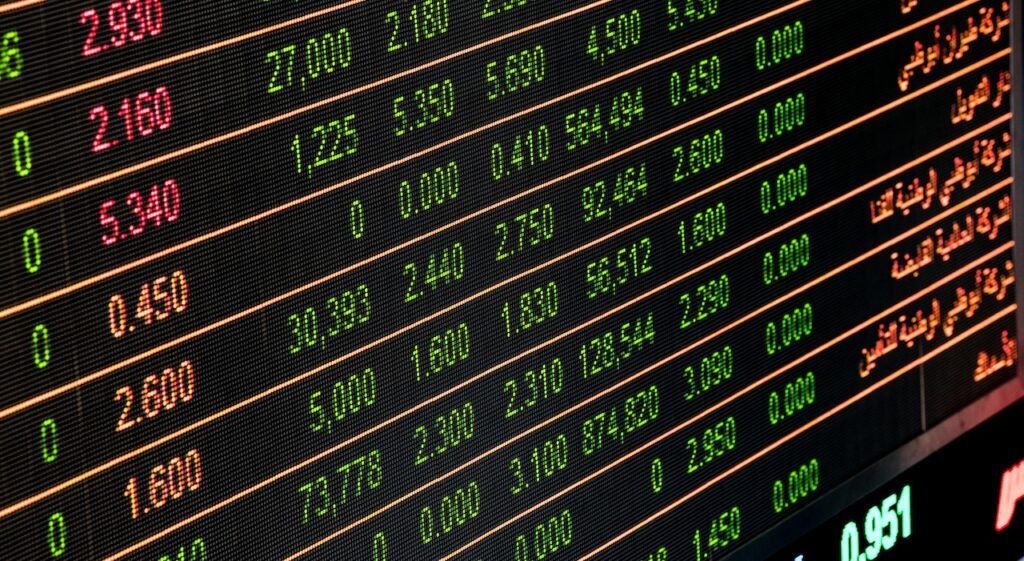
Stocks consist of all materials held for eventual resale, whether these be raw materials, work in progress or stocks of finished goods. The accounting standard SSAP 9 sets out that stocks should be valued at whichever is the lower of cost or net realisable values.
The standard defines cost as ‘that expenditure which has been incurred in the normal course of business in bringing the product or service to its present location and condition’.
For a trading business such as a retailer, the cost will therefore be the purchase price plus the cost of delivery to the retail store.
For a manufacturing business, the cost of finished goods will be the direct costs of labour, materials and expenses, and in addition, will include factory overheads absorbed into the product.
Net realisable value is the selling price of the stock less all further costs to be incurred before a sale is completed.
There are a number of ways of determining the cost of a stock item. Stock may be valued on a ‘first-in first-out’ or average cost basis, or a reasonable approximation of these.
Depreciation
Depreciation is a measure of the wearing out, consumption or other reduction in the useful economic life of a fixed asset.
The useful economic life is the period over which the present owner will derive economic benefits from its use.
Residual value is the net realisable value of the asset at the end of its potential economic life, i.e. disposal proceeds less selling costs.
Another helpful term is net book value which is the cost of an asset less the amount it has depreciated at a moment in time.
Net book value = original cost – accumulated depreciation to date.
Methods of calculating depreciation
The most common methods of calculating depreciation are the straight line method and the reducing balance method. Using the straight line method, the asset’s value is depreciated in equal amounts over its economic life.
This is calculated by:
Depreciation charge per year = Cost – residual value – Estimated life in years
For example, a taxi costing £40,000 with an estimated life of ten years and a £10,000 residual value would be depreciated as follows:
Depreciation charge per year = £40,000 – £10,000 divided by 10 = £3,000 per year
The reducing balance method does not depreciate assets evenly over their useful economic life but instead charges more for depreciation in the early years of an asset’s life.
The method is appropriate where the relative benefits of owning the asset reduce as the asset ages – e.g. motor vehicles, and computers.
It is calculated by applying a percentage rate to the asset’s net book value (i.e. cost less depreciation to date).
Depreciation per year = net book value x depreciation rate.
